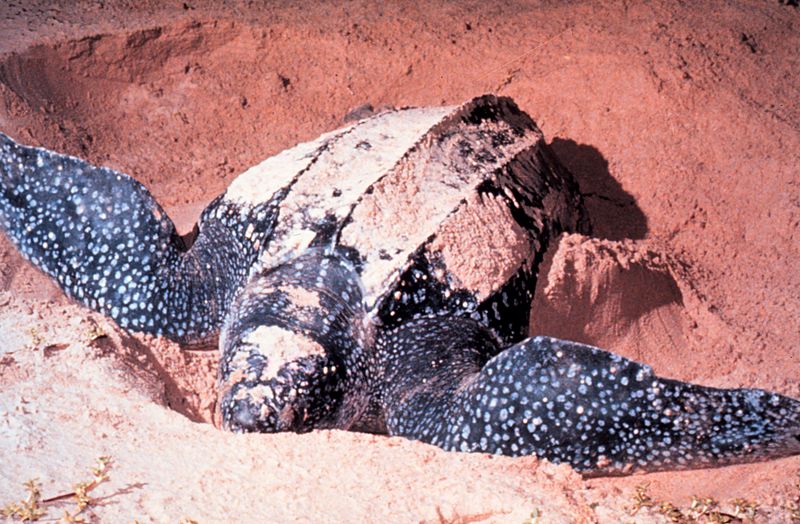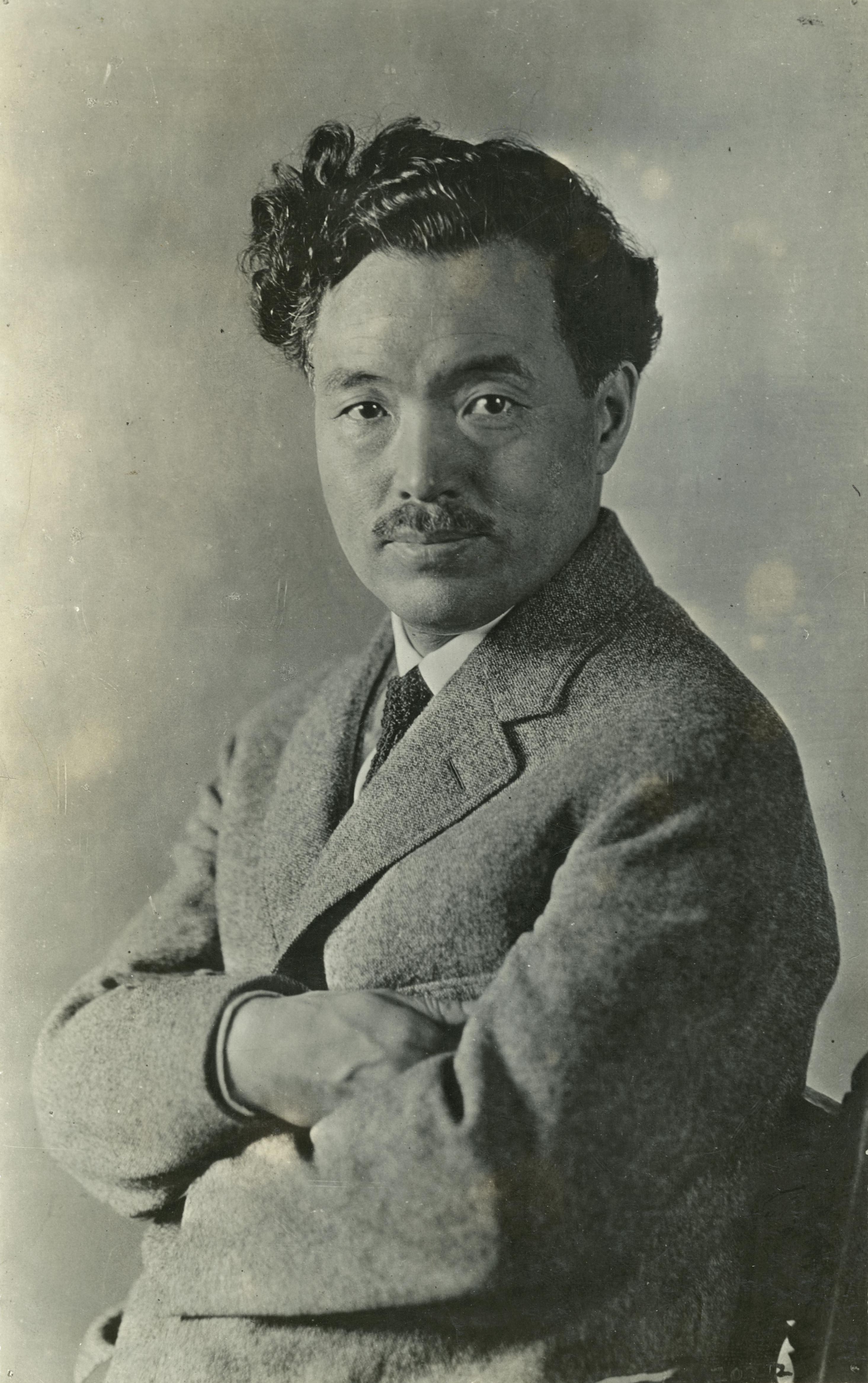An Educational portal with various pictures of banknotes and information. All the banknotes on this site is exclusive property of Encyclobanknotes.
Friday, February 8, 2013
Malaysia New RM 20, 2012 (Fourth Series)
Malaysia RM 20 16 July 2012 UNC
Front: Tuanku Abdul Rahman with the national flower, hibiscus
Back: Hawksbill and Leatherback turtle
The hawksbill sea turtle (Eretmochelys imbricata) is a critically endangered sea turtle belonging to the family Cheloniidae. It is the only extant species in its genus. The species has a worldwide distribution, with Atlantic and Pacific subspecies. E. i. imbricata is the Atlantic subspecies, while E. i. bissa is found in the Indo-Pacific region.Front: Tuanku Abdul Rahman with the national flower, hibiscus
Back: Hawksbill and Leatherback turtle
The hawksbill's appearance is similar to that of other marine turtles. It has a generally flattened body shape, a protective carapace, and flipper-like arms, adapted for swimming in the open ocean. E. imbricata is easily distinguished from other sea turtles by its sharp, curving beak with prominent tomium, and the saw-like appearance of its shell margins. Hawksbill shells slightly change colors, depending on water temperature. While this turtle lives part of its life in the open ocean, it spends more time in shallow lagoons and coral reefs. Read More
The leatherback turtle (Dermochelys coriacea), sometimes called the lute turtle, is the largest of all living turtles (as well as the largest extant sea turtle) and is the fourth largest modern reptile behind three crocodilians. It is the only living species in the genus Dermochelys. It can easily be differentiated from other modern sea turtles by its lack of a bony shell. Instead, its carapace is covered by skin and oily flesh. Dermochelys coriacea is the only extant member of the family Dermochelyidae. Read more
Information and Image Obtained From Wikipedia, the free encyclopedia
Japan
Hideyo Noguchi (November 24, 1876 – May 21, 1928), also known as Seisaku Noguchi was a prominent Japanese bacteriologist who discovered the agent of syphilis as the cause of progressive paralytic disease in 1911. Noguchi Hideyo was born in Inawashiro, Fukushima prefecture in 1876. When he was one and a half years old he fell down into a fireplace and suffered a burn injury on his left hand. There was no doctor in the small village, but one of the men examined the boy. "The fingers of the left hand are mostly gone," he said, "and the left arm and the left foot and the right hand are burned; I know not how badly."
In 1883 he entered Mitsuwa elementary school. Thanks to generous contributions from his teacher Kobayashi and his friends, he was able to receive surgery on his badly burned left hand. He recovered about 70% mobility and functionality in his left hand through the operation. Read more
Information and Image Obtained From Wikipedia, the free encyclopedia
In 1883 he entered Mitsuwa elementary school. Thanks to generous contributions from his teacher Kobayashi and his friends, he was able to receive surgery on his badly burned left hand. He recovered about 70% mobility and functionality in his left hand through the operation. Read more
Hideyo Noguchi with signature
Born November 24, 1876
Inawashiro, Fukushima prefecture
Died May 21, 1928 (aged 51)
Accra, Ghana
Nationality Japan
Fields bacteriology
Known for syphilis
Treponema pallidum
Subscribe to:
Posts (Atom)












